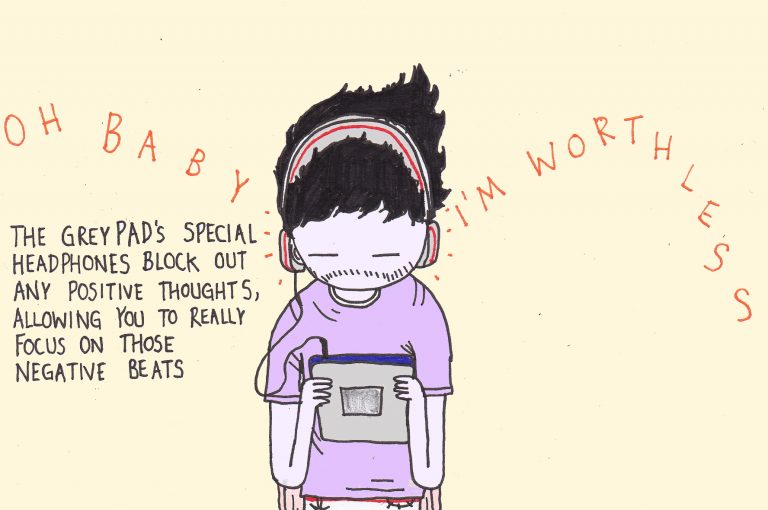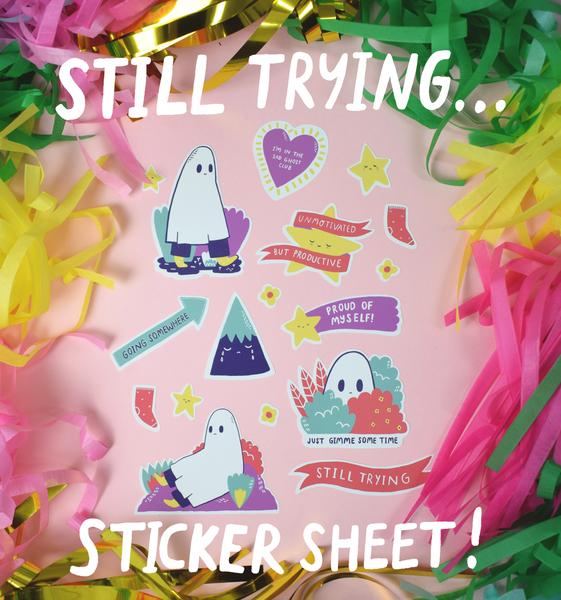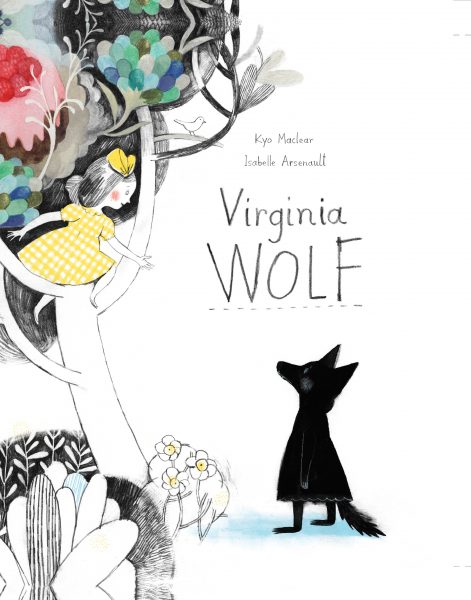Mental Health and Illustrators
PIP – the AOI meet up in Bristol invited three speakers to explore health and wellbeing for illustrators. With mental health being a particular focus, the event explored how illustrators manage when it comes to their mental and physical health, and possible solutions. They also looked at how illustration itself can tackle tough subjects.
Mental health is a broad and sensitive subject. It is important to discuss because it’s a real challenge for lots of practitioners. Talking about it objectively and respectfully is important – also true of reading these notes. Neither speakers nor organisers are trained specialists. Professional help was signposted at the end of the session and can be found here.
These notes are not a comprehensive record of the event – Rather, they are a way of sharing the discussion and opening up the conversation. At the AOI we are working on the specific challenges illustrators face, and hope to develop and signpost relevant resources with partners in the future. If you have thoughts about this please get in touch.
The panel:
Chris Sav – a London based illustrator, musician and comedian who has created the character Disappointman for CALM (Campaign Against Living Miserably).
Lize Meddings – founder of Sad Ghost Club, a long-term project spreading positive awareness of mental health.
Greet Pauwelijn – founder of picture book publisher Book Island, who’ve published a number of books dealing with subjects ranging from grief, illness, death and fear.

Chris Sav
The discussion:
What are some of the triggers for a period of poor mental health?
Isolation.
Expectations.
Instagram and social media.
Comparison – friends doing better / seeing insta perfect lives.
Poverty / money / pension / uncertainty of income.
Rejection.
Imposter syndrome.
Being ill, no benefits of sick pay, etc.
Work and life balance.
Too much time alone.
Stress about deadlines.
Making decisions by yourself / no support network.
Overwhelmed by what needs to be done.
Money was one of the biggest areas. How can you manage money worries?
Chris described what he called Schrödingers cash. This works by never checking your bank account – working on the principle that if you don’t look don’t have to worry. This is NOT the right thing to do!
You need to face the problem and it’s a lot easier.
Step change is a debt charity where Chris structured a manageable programme – initially repaying just £1 month towards a debt plan. This helped remove anxiety and worry by facing the problem and dealing with it.
Chris also recommended a part time job that doesn’t take away from your illustration practice. He is gallery assistant at museum, so he has time to think.
When you’ve got no work coming in, what do you do?
Lize spoke about the benefits of creating your own work for sale during quiet periods. She developed a merchandise idea to have control over income.
However, she has pulled back as she felt totally burnt out. It is easy to exhaust creativity, you need breaks. Chris was signed off from work for 3 months – this gave him time to recalibrate, and find happiness in everyday life again. Its really important not to burn out. It’s easy to glorify working so hard and ‘I’ll sleep when I’m dead’, but it’s not a good mantra.
There are ways to make it look like you are working when you are not. You could post 1/4 page of a sketch book and people think you’ve done four times as much.

Lize Meddings
It can be an unhelpful pressure to have to document and push social media. How do you manage this?
Lize spoke about a very fluid way of doing social media. Initially she was lonely, so posting and getting validation was great. But then she realise she was just doing it for validation – it can be a demon you have to keep feeding.
So while that is unhealthy – the flip side is that it was driving income. Her Etsy sales increased in line with her social media activity.
Greet noted that as a publisher she loves an active social media feed – it allows her to find illustrators and spot new talent. She noted:
- All she looks at is the image – not any writing – so you can remove the need to write and focus on the image.
- Use a scheduling tool such as Hootsuite.
- Use a pattern – e.g Monday is portraits, Tuesday is something else. This gives structure and can take the pressure off.
- Think about your audience – Who are they? What story do you want to tell? What works? What doesn’t? Take the stress out of it by thinking analytically and not emotionally about social media.
You can also check out the AOI resources on social media here.
What if your best work stems from being in a poor place in terms of your own mental health?
Chris created disappointment for CALM charity. The idea came from his own inadequacy and failure which he then turned into a superhero. Lize created Sad Ghost from personal experience. It was originally the Tired Eyes Club – tThe second zine was the Guide To Not Being Sad which she realised was actually helpful for people, so she carried on in that way.
If you feel your best work comes from when you are in a bad place it’s important to manage that, as a base line work that pushes you to breaking point isn’t your best. You could make some notes and then come back to them later when you are in a better place. Lize notes that she puts on some sad music and indulges herself to create the work, but manages to contain that.
It’s helpful to have one or two trusted friends who you can talk to about the work and share what is happening. It can be hard to find the right person – but it’s really important.
Greet publishes books that often deal with challenging times such as grief or loss. She noted that it can help to meet face-to-face to work through challenging, and emotional moments.
Imposter syndrome. How can we deal with that?
For Lize an idea snowballed and felt imposter Syndrome especially as other ideas hadn’t worked in the past. As time passed she felt more confident. She began to realise that she created it – so it was her. While it still feels like a fluke, it feels less like a fluke.

Book Island publication
What do you draw on when you feel overwhelmed?
Chris does something that he has now discovered is called slow motion multi tasking. So if you are working on a comic and hit a creative block, stop and work on another project. It works as an escape but also unblocks the other area.
How do you deal with the lack of guidance and feeling being on your own?
Being part of a studio can be helpful. Being part of the AOI was felt to be very helpful – both from having online resources but also being able to get in touch and talk something through. Attending meet ups with fellow illustrators and creatives – and getting out of the house or studio is important.
Other comments from the audience:
It’s helpful to remember there is no wrong way of being yourself. Importantly, everyone’s timelines are different. Just because it hasn’t happened yet doesn’t mean it won’t. Keep loving that sketch in your notebook – work on it and let it evolve in the time it needs to evolve.
Follow a range of illustrators, older ones as well as young. It’s not just young people who are successful. Success can come at any point.
Jobseekers do provide support for self employment – not just benefits but in between and not that well known. They can help with tax returns, etc
Ben the Illustrator named his 3 top tips to staying well – he forces himself to go for a walk every morning – a dog helps (but isn’t required!). He listens to pod casts – but not on art and design, and he checks in on himself (how he is feeling and why).
Further reading
Mental health is very important and relevant to illustrators and all creatives. It is wide ranging – the AOI are not specialists, but can signpost these resources which may be of help.
A range of organisations are signposted here.
Let’s Talk project by Charlie Clift.
Headspace App.
Image: Dave Bain
Back to News Page
